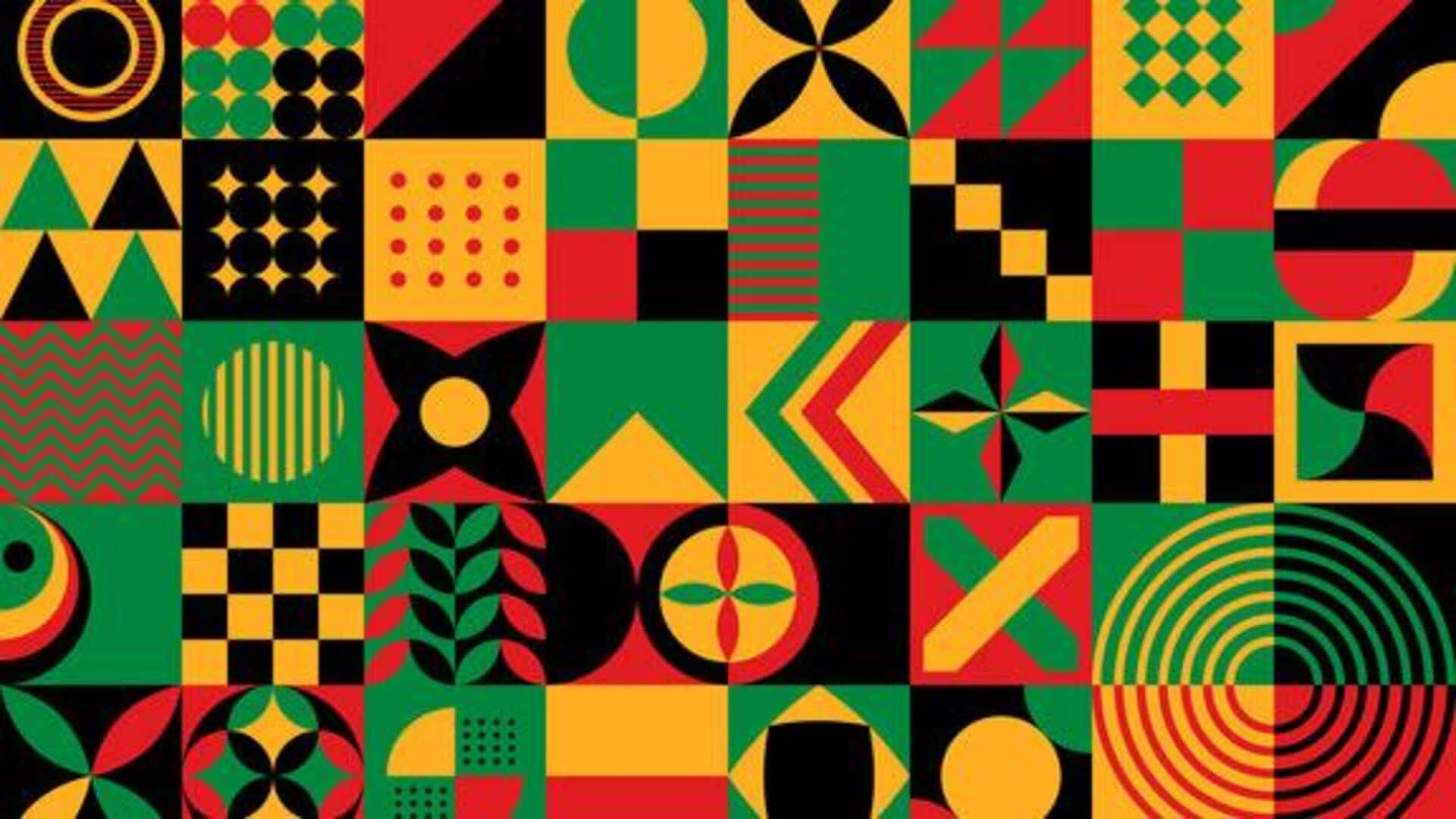
5 techniques to master African geometric patterns
What's the story
African geometric patterns are a rich tapestry of history, culture, and artistry. Not only are these designs visually striking, but they also carry deep symbolic meanings. For those interested in mastering the intricacies of these patterns, understanding the techniques behind them is key. Here, we explore five design techniques that can help you create authentic African geometric patterns. Let's find out their unique characteristics and applications.
Symmetry
Understanding symmetry in patterns
Symmetry is pivotal in African geometric designs. A lot of patterns depend on symmetrical placements for balance and harmony. By emphasizing symmetry, designers can make sure that every element of the pattern enhances the others. This technique consists of mirroring shapes or lines across an axis to create a cohesive look.
Repetition
Utilizing repetition for impact
Repetition is another basic technique used to create African geometric patterns. Designers utilize this technique by repeating certain shapes or motifs in their designs. This technique not only strengthens the visual appeal but also reinforces the cultural stories embedded in the design. By repeating carefully, a rhythm and movement is created, enriching the whole design and making it more rooted in culture.
Color combinations
Exploring color combinations
Color plays a vital role in African geometric patterns, often used to express certain meanings or emotions. Designers should play around with different color combinations to identify those that best depict their desired message or theme. Traditional palettes commonly feature earthy tones along with bright shades for contrast.
Symbolism
Incorporating symbolic elements
Symbolism is deeply rooted in African art forms, especially in geometric patterns. Each shape or motif has its own meaning, mostly tied to cultural practices or historical stories. Knowing what these symbols mean is important for designers who want to incorporate them into their work mindfully. This makes sure their work is not just visually authentic but also respects the roots. It adds depth and honor to the design.
Scale and proportion
Experimenting with scale and proportion
Experimenting with scale and proportion is a transformative trick in African geometric design. It enables designers to modify the spatial relationship between elements within a pattern, adding layers of depth and interest. By altering the size and spacing of motifs, a design can remain coherent while each part is distinct. This way, the whole composition is visually engaging, without any element overshadowing another.